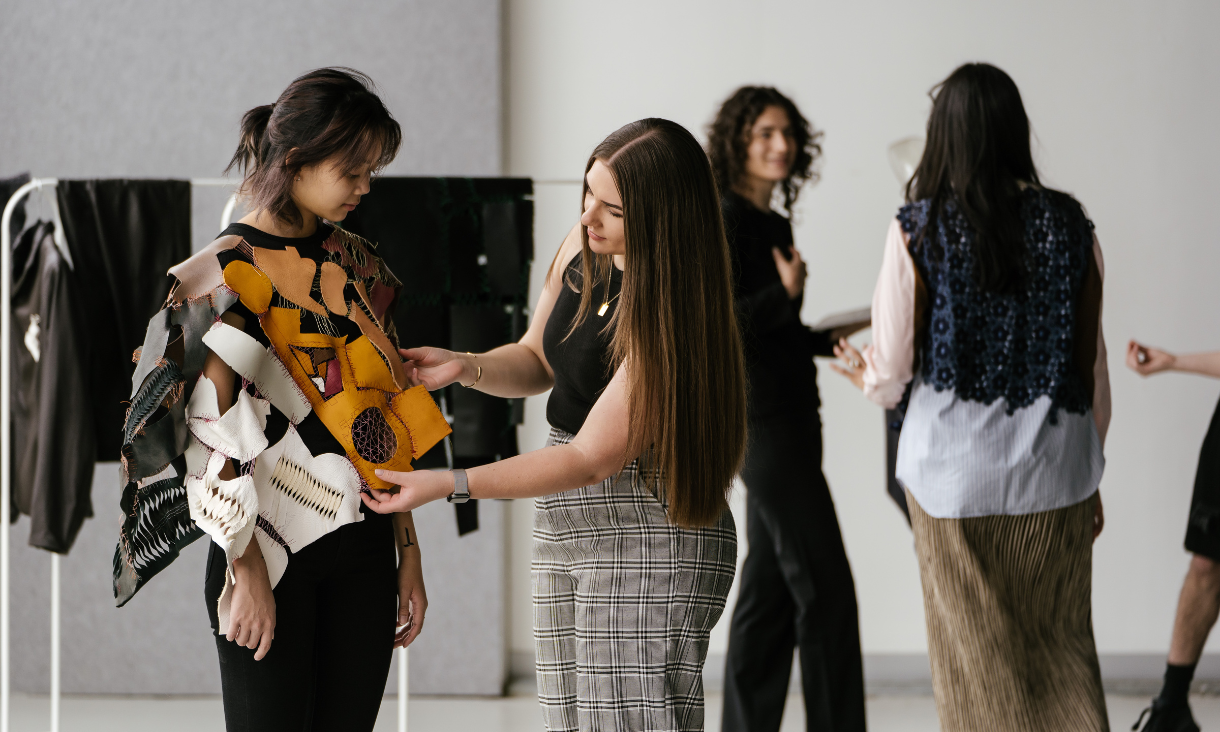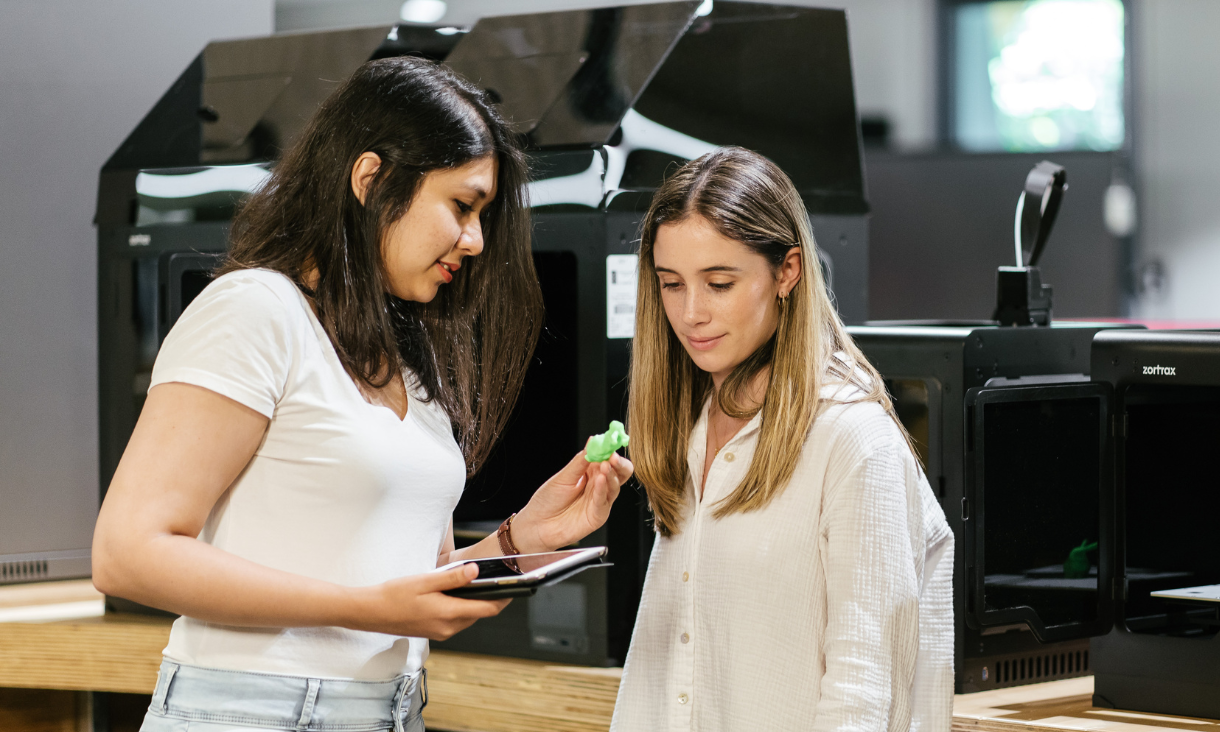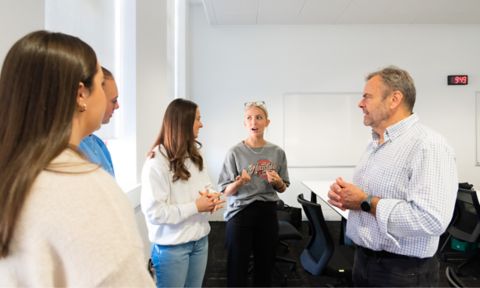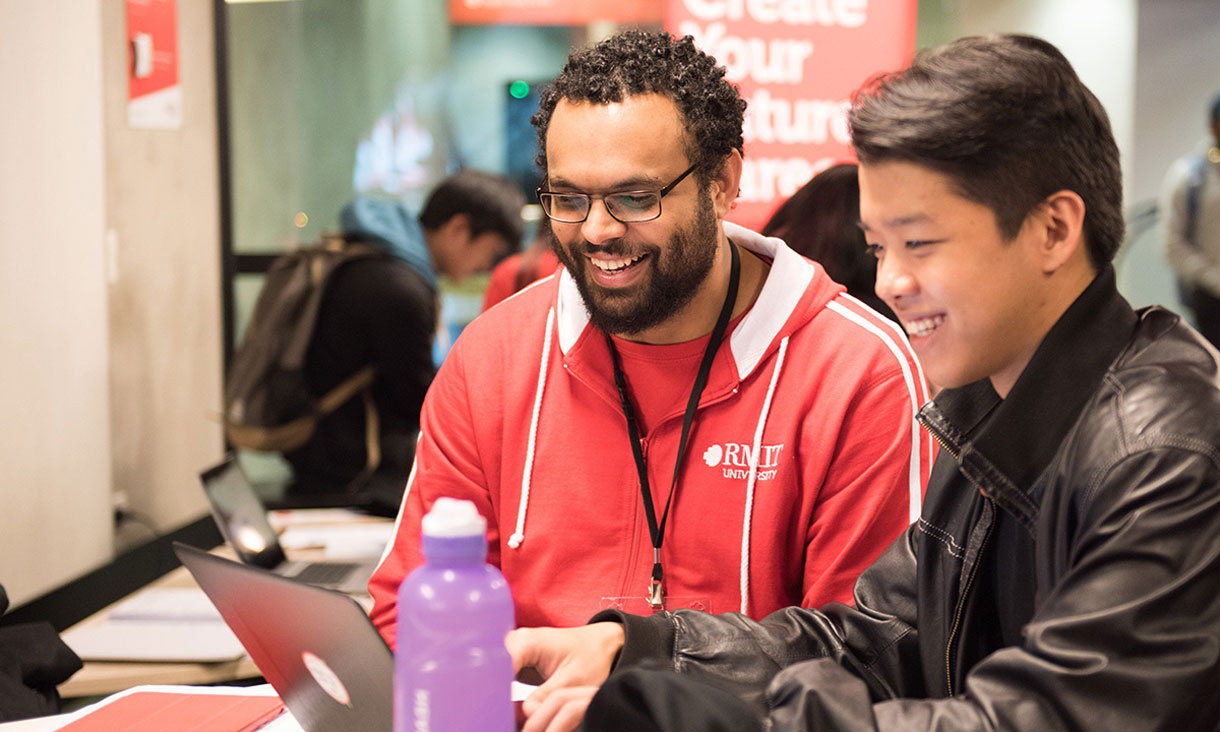Highlights:
Modelling best practice behaviours and youth work frameworks in class is an important part of the teaching approach in Youth Work.
Work placements give students an opportunity to put their theory into practice and helps demonstrate to students what they have learnt.
Work integrated learning isn’t limited to placements. It can also happen in the classroom through modelling relevant frameworks and industry practices.
Work placements offer students an important opportunity to test out different career pathways in the field of youth work.
Vocational Teacher Nenagh Brosnan wants students to be uncomfortable.
She explains that it is important for her students to build their “comfortability with being uncomfortable” if they want to pursue a career in the youth work sector. This approach asks students to push themselves both for their professional development and to better understand the young people they will be working with in the future.
What young people in the youth work sector experience is often very uncomfortable and they don't have the agency or circumstances to choose not to be uncomfortable.
In the Diploma of Youth Work, building the fundamental skill of learning how to be uncomfortable can look like giving students free reign on how to approach their assessment project working with a youth work organisation.
This is just one of the ways that teaching in youth work involves modelling and mirroring industry youth work frameworks to students. The classroom setting is often viewed as being a simulation for a youth workspace so students can experience how they work firsthand and translate this to practice when they enter the workplace.
For example, youth work educators model strength-based practice to their students – a theory that emphasises people’s strengths and self-determination and serves as an important framework for youth work practice.
Reframing students’ relationship to education is another practice that both benefits student experience and models good practice.
We support students to continuously look at and highlight the skills and strengths that they're using.
“The ethos that we have within our program is to let students enjoy education,” said Dianne Mackay, Program Coordinator for Community Support and Youth Work.
This is important for students who may have previously had disjointed education experiences and associated education with a place of punishment and shame, rather than a place for safety and growth. This in-class approach – the prioritisation of a positive educational experience – is something that students can then emulate to connect with young people in the youth work sector.
While youth work students need to have a thorough understanding of youth frameworks and their shifting legal and ethical responsibilities, work integrated learning is a significant part of their learning experience.
Recognising the importance of students being able to see youth work theories in action, Dianne took COVID-19 lockdowns as an opportunity to implement a new student-centered hybrid integrated learning approach, partnering students (virtually) with international and local youth work organisations to work on projects. Students benefited from receiving practical experience on real-life projects and the organisations involved received valuable resources they can use in their work.
Dianne aimed to provide students with a range of placement experiences so students can explore and discover their paths. The world of youth work offers many different specialist areas which require varying skill sets and values.
Nenagh explained that once students go on placement, that’s when they realise what area they want to work in.
“Some of our students have gone for jobs in the sector that are well above a diploma level.” said Diane, thanks to their placement experience managing projects and working directly with young people.
The students’ willingness to push themselves, staffs’ commitment to student-centered approach and the strong relationships and support of industry partners, Dianne considers their students “truly ahead of the game”.
Some of the youth work programs students partnered with included:







